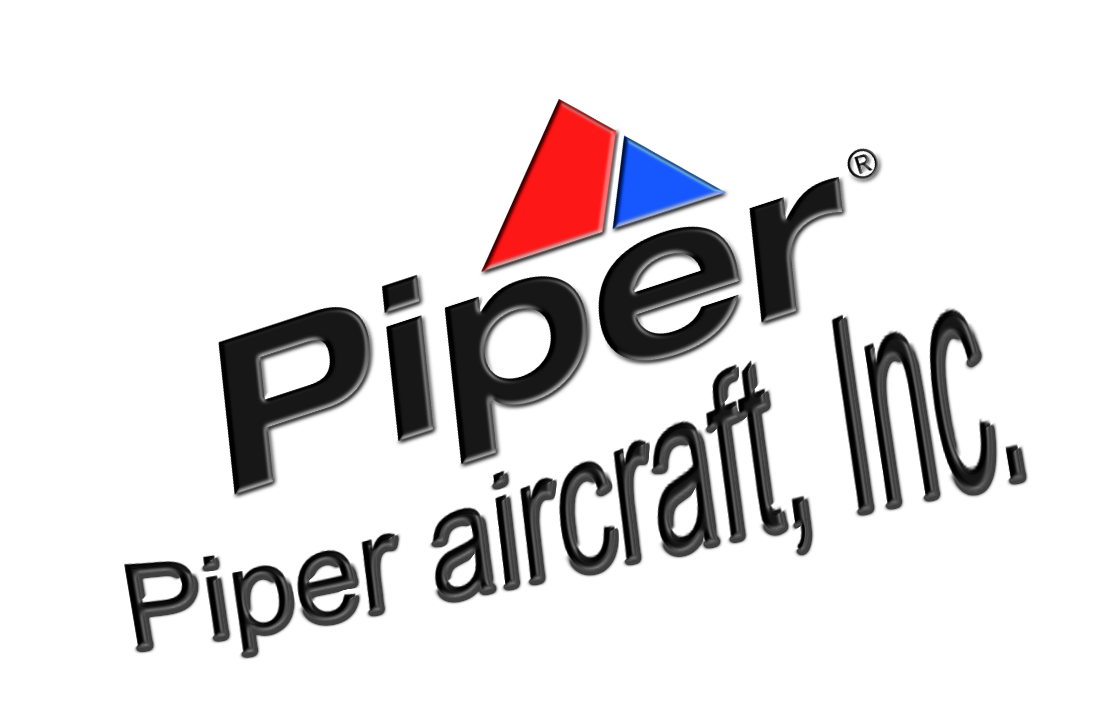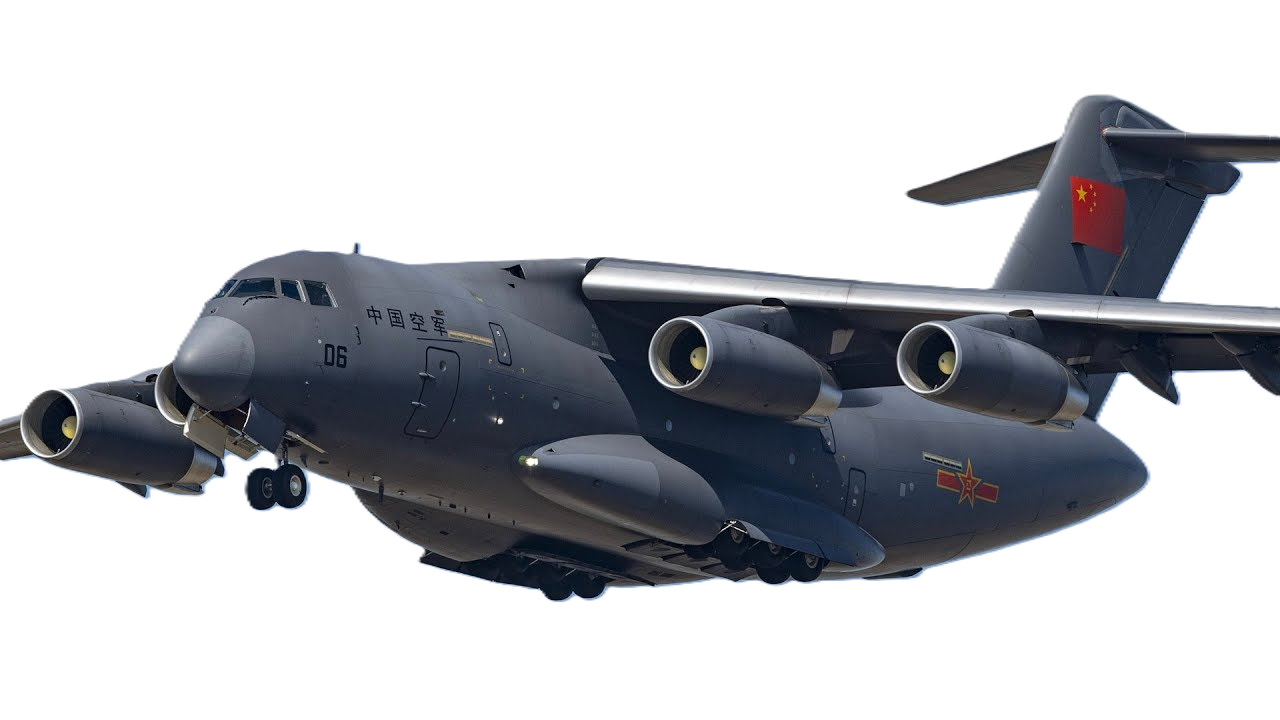Piper aircraft,Inc.
PA-30 Twin Comanche
|
|||||||||||||||||||||
|
|
|
|
|---|
.
History Piper aircraft, Inc.
Piper PA-30 Twincomanche that was built between 1961 and 1972 by Piper Aircraft.

he Piper PA-30 Twin Comanche is an American twin-engined cabin monoplane designed and built by Piper Aircraft. It was a twin-engined development of the PA-24 Comanche single-engined aircraft. A variant with counter-rotating propellers was designated the Piper PA-39 Twin Comanche C/R.
Development
The Piper PA-30 Twin Comanche was designed as a twin-engined variant of the Piper PA-24 Comanche. A complex light twin, with retractable landing gear, seating 4 (in original models) to 6 (in later models), and cruise speeds ranging from 160–210 mph on twin 160 horsepower engines, it competed with the more-powerful Cessna 310 and Beech Baron, and later with Piper's other light twins
-
Design and development
PA-30 Twin Comanche with modified dorsal fin and modified air intake in nacelles 
PA-30 Twin Comanche The Twin Comanche is a low-wing cantilever monoplane with a retractable tricycle landing gear. With tip tanks, the aircraft holds 120 gallons (454 L) of fuel. Fuel burn at typical cruise settings is approximately 16 gal/h (58.7 L/h) with a cruise speed of 165 kn. It easily climbs to 18,000 feet (5,500 m) when desired (24,000 feet (7,300 m), if turbocharged). When compared with the Seminole, the Twin Comanche goes faster, carries more, burns less fuel, climbs more rapidly and ultimately higher, is quieter. When compared to the Seneca, which is really quite a different aircraft, the more noticeable differences are in handling. Another contemporary competitor to the Twin Comanche was the Beechcraft Travel Air. A similar airplane in form and function was the Gulfstream American GA-7 Cougar, which went into production after the Twin Comanche's production run ended.
Variants
- PA-30 Twin Comanche
- Four-seat twin-engined cabin aircraft powered by two 160 hp (119 kW) Lycoming IO-320-B1A engines in wing-mounted nacelles. The aircraft was available in five levels of equipment fit:
-
- Standard.
- Custom – additional instruments
- Executive – additional instruments and radio equipment
- Sportsman – Palm Beach interior and exterior and AltiMaticII autopilot
- Professional – full IFR panel
- PA-30 Twin Comanche B
- PA-30 with a third cabin window on each side and an optional fifth or sixth seat
- PA-30 Turbo Twin Comanche
- Turbonormalized version of the PA-30B Twin Comanche, powered by two Rajay turbonormalized IO-320-C1A piston engines
0
KmCeiling
0
KmMAX RANGE
0
Km.hAircraft Speed
0
Max Crew
Photo Gallery
Piper aircraft, Inc.
Piper PA-30 Twincomanche that was built between 1961 and 1972 by Piper Aircraft.


Piper aircraft, Inc. Piper PA-30 Twincomanche that was built between 1961 and 1972 by Piper Aircraft.
General characteristics
- Crew: one pilot
- Capacity: one passenger
- Useful load: 455 lb (205 kg)
- Length: 22 ft 5 in (6.83 m)
- Wingspan: 35 ft 3 in (10.74 m)
- Height: 6 ft 8 in (2.03 m)
-
Powerplant
- Empty weight: 765 lb (345 kg)
- Max takeoff weight: 1,220 lb (550 kg)
- Powerplant: 1 × Continental A-65-8 air-cooled horizontally opposed four cylinder, 65 hp (48 kW) at 2,350 rpm
Specifications
- Maximum speed: 76 kn (87 mph, 140 km/h)
- Cruise speed: 65 kn (75 mph, 121 km/h)
- Stall speed: 33 kn (38 mph, 61 km/h)
- Range: 191 nmi (220 mi, 354 km)
- Service ceiling: 11,500 ft (3,500 m)
Aircraft of comparable role
Links to Youtube & Others
The Twin Comanche suffered a number of VMC (Velocity Minimum Controllable) loss-of-control crashes in the 1960s and early 1970s. Initially, focus was placed on the aircraft design and the FAA reacted by issuing an airworthiness directive changing the VMC speed, though there was no change in the aerodynamics.
Piper aircraft, Inc.
PA-30 Twin Comanche
The Mil Mi-4 (USAF/DoD reporting name "Type 36",[1] NATO reporting name "Hound")
Youtube Link
An official video of a North Korean Air Force combat flying skills competition released in 2014 shows that the Mi-4 is still in limited service in North Korea












.png)


.png)